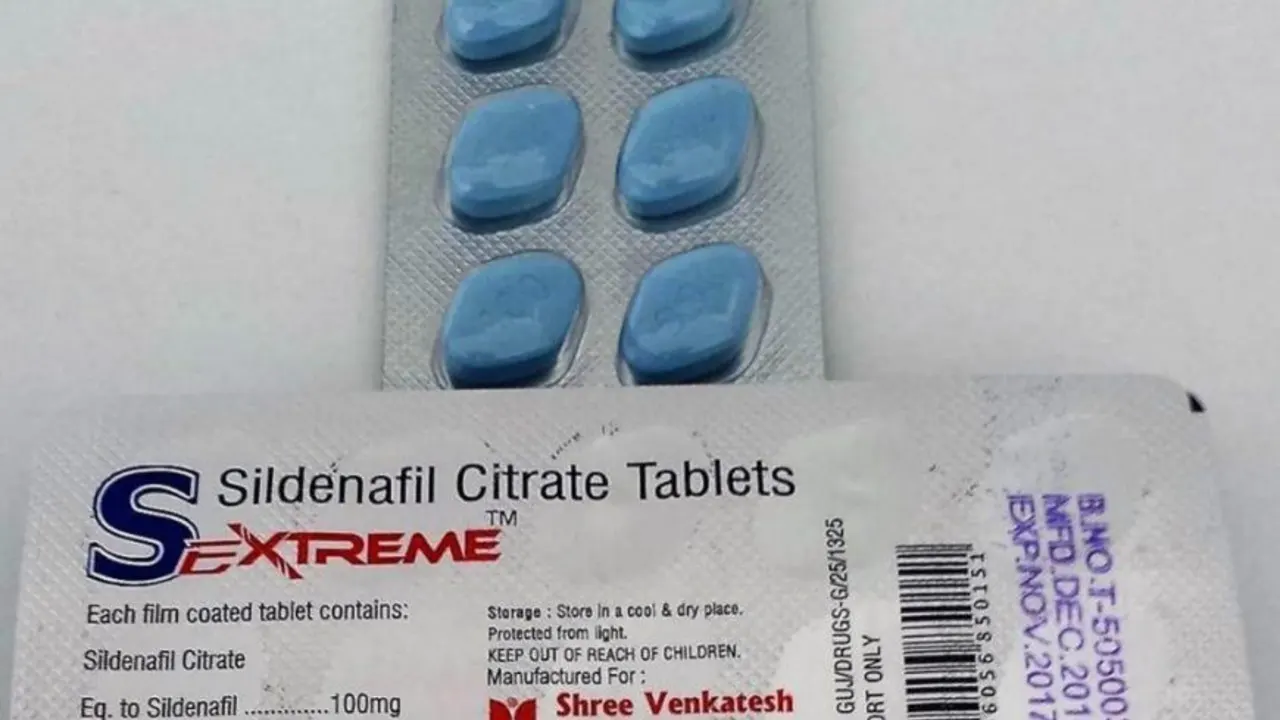Prostate Health: What to Watch For and What to Do
Worried about prostate problems? You’re not alone. The prostate affects urination, sexual function, and overall comfort for many men as they age. This page gives clear, practical steps you can take now—simple checks, lifestyle moves, and when to see a doctor.
Spot the signs early
Start by paying attention. Common early signs of prostate issues include needing to pee more often (especially at night), weak stream, trouble starting or stopping, dribbling after urination, and sudden urges. If you notice blood in urine or pain during urination or ejaculation, get medical help sooner rather than later.
Keep a short voiding diary for a few days: note times you urinate and how much you drink. That gives your doctor useful data and helps spot patterns.
Screening and tests—what to expect
Screening often means a PSA blood test and a digital rectal exam (DRE). PSA can be affected by infections, recent sex, or some medications, so mention anything recent to your provider. Guidelines vary by age and risk. Men with higher risk (family history, African descent) should discuss earlier screening. If PSA or exam raises a flag, your doctor may suggest imaging or a referral to a urologist.
Not every prostate change means cancer. Benign prostatic hyperplasia (BPH) is common and non-cancerous but can cause big quality-of-life issues. Your doctor will help sort out the cause and best approach.
Small, helpful habits make a difference. Cut back on caffeine and alcohol if you get frequent nighttime trips. Try double voiding: urinate, wait a minute, then try again. That can reduce dribbling. Timed bathroom visits and pelvic floor (Kegel) exercises help with control; you can do Kegels sitting or standing—tighten the muscles you’d use to stop the flow, hold for a few seconds, release, repeat 10 times, three times a day.
Diet matters. Keep your weight in check, eat more vegetables and healthy fats (olive oil, fatty fish), and reduce excess red meat and processed foods. Some evidence links obesity and poor diet to worse prostate outcomes, so small changes add up.
About supplements and meds: saw palmetto is popular for urinary symptoms, but results vary—talk with your doctor before starting anything. Prescription options like alpha-blockers (tamsulosin) relax the prostate and bladder neck, while 5-alpha-reductase inhibitors (finasteride) can shrink the prostate over months. Each has side effects, so discuss risks and benefits.
Sexual function and prostate health are connected. Erectile dysfunction and prostate symptoms can occur together. If you use ED meds, tell your provider about them—some interactions matter.
Finally, don’t ignore change. If symptoms are new, severe, or getting worse, make an appointment. Early discussion leads to clearer choices—watchful waiting, medicine, or procedures—and less worry.
Want more on related topics like supplements, ED medications, or nutrition and tumor health? Check our guides and search for the latest posts on RXConnected for practical, easy-to-follow info.
Sildenafil Citrate: A Novel Approach for Prostate Health

Examining how Sildenafil Citrate, typically used for erectile dysfunction, may hold promise for treating prostate health issues. The article delves into the potential benefits, mechanisms, research findings, and practical considerations of using Sildenafil Citrate as a treatment option. It aims to provide insights for those looking to explore alternative avenues for managing prostate conditions.
